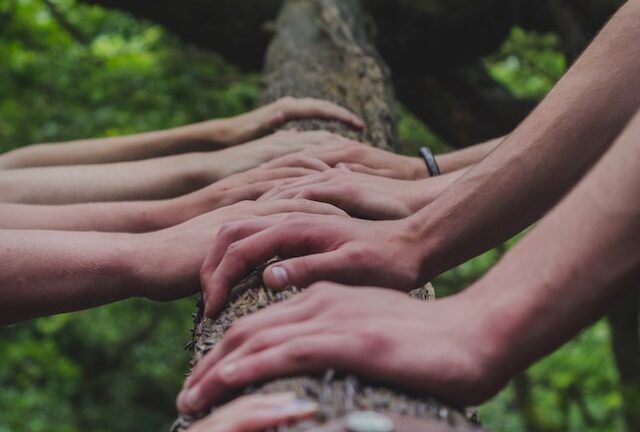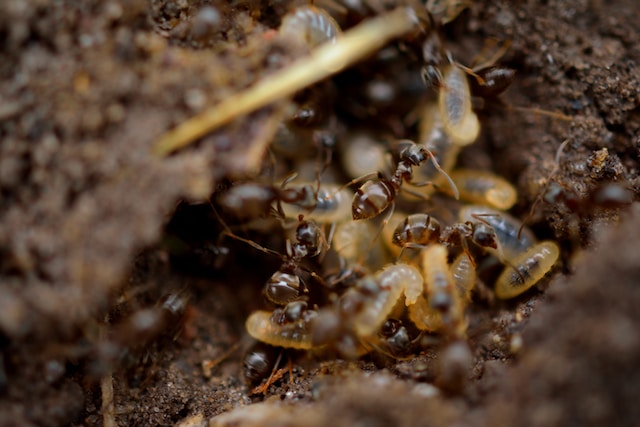Self-discovery is an important journey that can help you find your true self and build strong relationships with others. Additionally, it can improve your ability to communicate and give you greater self-assurance.
Celebrate Hispanic Heritage Month by learning about your family’s history, traditions, and culture! Explore historic sites around the country that recognize Hispanic Americans’ contributions.
Identifying Your Hispanic Roots
The Hispanic population in the United States today is the country’s largest and fastest-growing minority. It traces its roots to Spain, Mexico, and many other Spanish-speaking countries throughout Latin America and the Caribbean.
Hispanic Heritage Month (September 15 through October 15) celebrates the culture and traditions of those descended from these ancestors. It is similar to Black History Month, Asian American Pacific Islander Heritage Month, or LGBTQ Pride Month in that it encourages people of these cultures to share their stories and take pride in their heritage.
For many people, identifying their Hispanic origins is integral to establishing self-identity and belonging in this diverse community. It can also help them navigate conversations about their mental health and well-being.
A Pew Research Center survey found that two-thirds of Hispanics say their Hispanic ancestry DNA background is part of their racial identity. According to the center’s surveys of U.S. adults, the majority also see it as a part of their cultural heritage.
Identifying your Hispanic roots can empower and inspire anyone who wants to find their true identity. It can also help you connect with others who share your culture and values. For example, there are several common characteristics among Hispanic/Latinx community members: a sense of family, a solid connection to their homelands, and a resilience to thrive in a changing world.
Creating a Family Tree
Creating a family tree is a great way to learn more about your ancestry and connect with your relatives. It’s also a fun activity to stimulate conversation and build family bonding.
Many family history tools are available online and in desktop programs to help you create a chart. These programs can be free, or you may need to pay a subscription to access additional records.
Once you have gathered a few generations of information, you can start sketching your family tree. This will include your ancestors from oldest to youngest and then back to you and any siblings.
You can use a variety of shapes to represent your relatives, including boxes, rectangles, and circles. The form you choose will depend on your purpose and whether or not you want to draw the tree from the bottom up, top down, or horizontally.
When you’re ready to begin creating your chart, outline the basic structure of your tree using a pencil or a computer. Then fill each leaf with information you have gathered, such as their names, dates of birth and death, and other details that will help you connect the generations. Once you’re done, you can print and share the chart with your relatives. It’s a great way to document your family history and reconnect with those who have helped you.
Connecting with Your Ancestors
For many Hispanics, a deep connection to their ancestral roots is integral to their identity. It is one of the few ways Latinos can claim a sense of heritage and identity, especially when family members pass away or move far from home.
Fortunately, there are several ways to connect with your ancestral relatives. These include chatting with your relatives, visiting their homeland, and learning about their culture.
DNA testing is another way to learn more about your ancestry. Once you have the results, you can compare them to a database of genetic information.
While the results of these tests can be skewed, they still offer a practical starting point for exploring your ancestry. These tests also allow you to search for people based on ethnicity, religion, or geographic origins.
As you begin to connect with your ancestors, you may find that they start to appear in your life in unexpected ways. This can be an enriching experience.
Connecting with your ancestors is a powerful healing practice that can help you clear generational trauma and access a sense of wisdom and power that can be used for self-growth and healing in the present.
Recording Your Family History
Whether you are a first-generation Mexican American or are simply interested in your Hispanic roots, recording your family history can be a rewarding experience. It is also a great way to give back to the community by sharing your ancestors’ stories with future generations.
One way to record your family history is to create a pedigree chart (ancestor list) that details each of your ancestors’ names, dates, places, and relationships. This will help you identify the sources you need to research for more detailed information.
Another way to record your family history is to interview a living ancestor. This will allow you to tell your story in a first-person narrative, an essential document for future generations.
When interviewing a living ancestor, ask various questions and listen to different stories. This will ensure you have a complete picture of your ancestor’s life, making it much easier to remember them when they are no longer alive.
If you still need to record your family history, now is the time to start. You can find plenty of resources online to guide you through the process. You can also contact your local genealogical society or library for more resources. Getting your friends and family is also a good idea, as they may have records or other documents to help you with your research.




